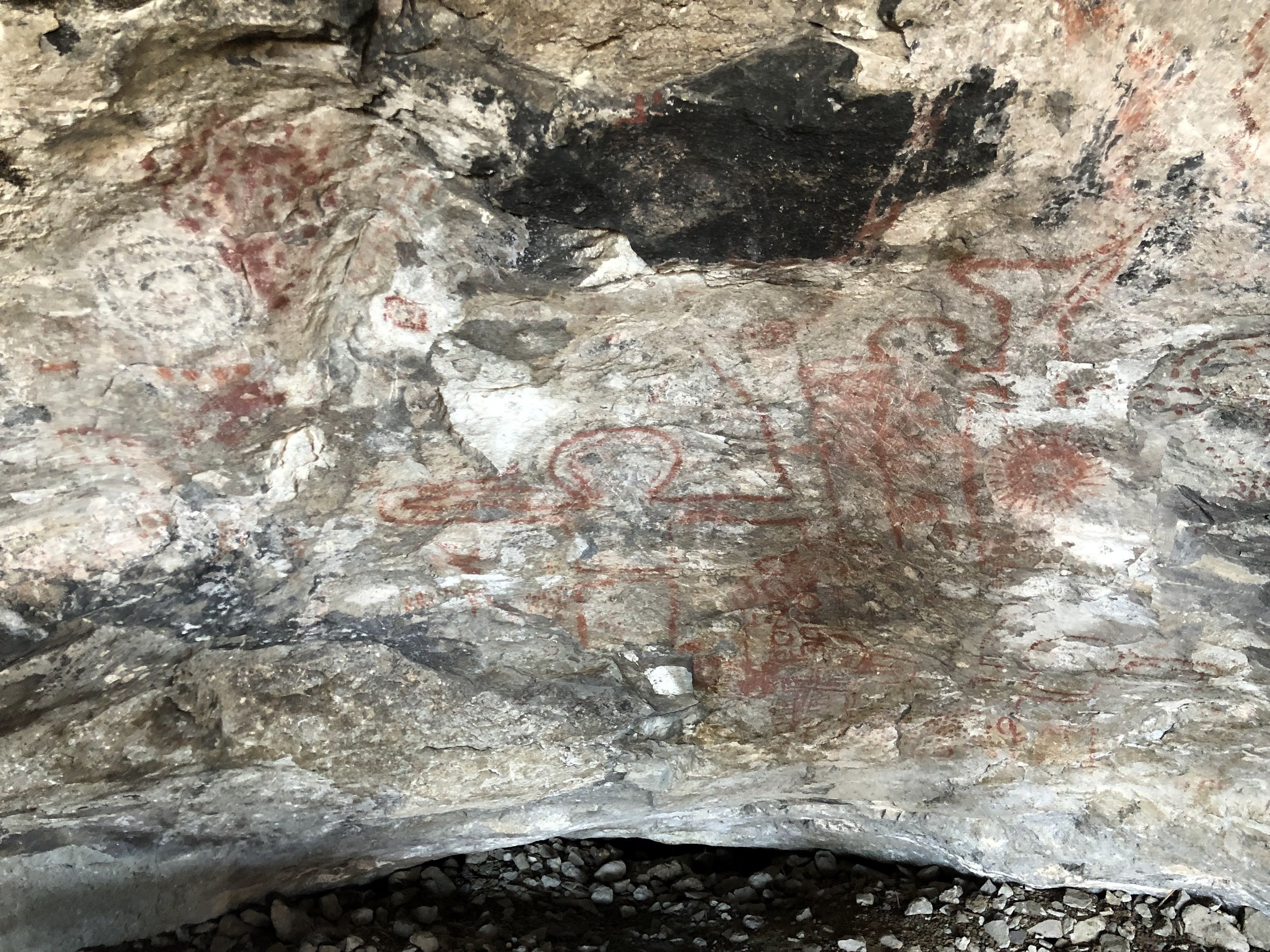Mitla, Oaxaca
Mitla is an ancient town originally built by the Zapotecs around 600 B.C. as a sacred burial site for Zapotec royalty. It was a deeply sacred place that was believed to be a gateway to the underworld. Mitla in Zapotec was Lyobaa or ‘place of rest’ and in Nahuatl was Mictlán or ‘place of dead.’ Records tell of a ‘vuijatao’ or great seer or oracle that would act as an intermediary between the living and the spirits of the deceased. Around 1000 A.D. the Mixtecs seized control but many of the traditions were maintained, and it was still reserved as the resting place of royalty. It was believed that they would become ‘cloud people’ or spirits that would act as intermediaries watching over the physical realm below.
In the 16th century the Spaniards dismantled much of the buildings as it was a powerful religious center that in their mind needed to be destroyed. The remains of only five ceremonial centers are left, with two: the columns and church groups fully excavated and restored. The church group is where the main Zapotec temple, called the yohopàe or “house of the vital force” was housed. The columns group contains the main palace with tombs where high priests and Zapotec rulers were buried.
The fret work is the most unique feature of the site. It is intricately hardcarved symbols fitted together without mortar. It is believed to hold messages and stories indicating intentions, cycles, and the connections between this world and the next.
The archaeological site of Mitla is located an hour drive outside of Oaxaca. The entrance is located near the church, passing through the market to get there.
Located in the Tlacolula Valley is the UNESCO World Heritage Site of the Prehistoric Caves of Mitla. The extensive cave system was occupied by early hunter gatherers around 12,000 years ago.
Archaeologists estimate that over 100 caves were settled by early humans. Cave paintings, artifacts, plant materials and seeds have been found here and show evidence of ancient domestication of plants. The Guila Naquitz cave held 10,000-year-old seeds of the gourd family, which represents the earliest traces of domesticated plants yet discovered on the American continent.
These caves serve as an ancient link between humans as hunter gathers 12,000 years ago evolving into the earliest farmers in the region, and likely the basis of the Zapotec civilization.




















